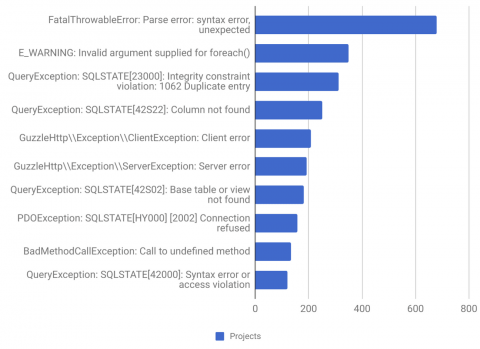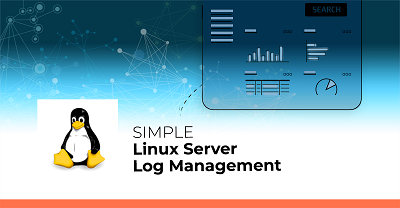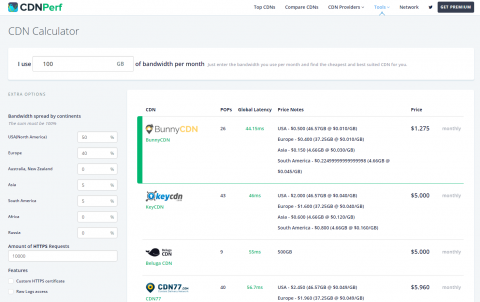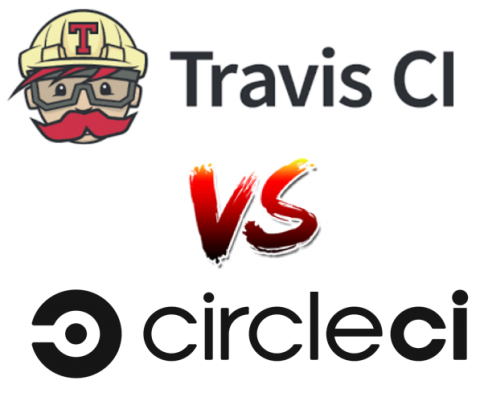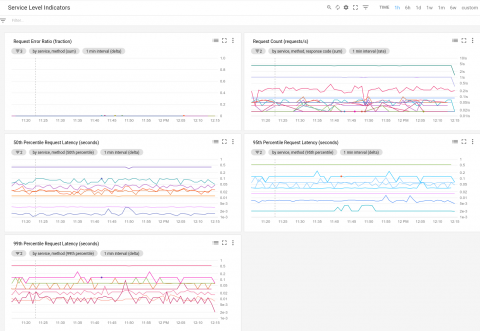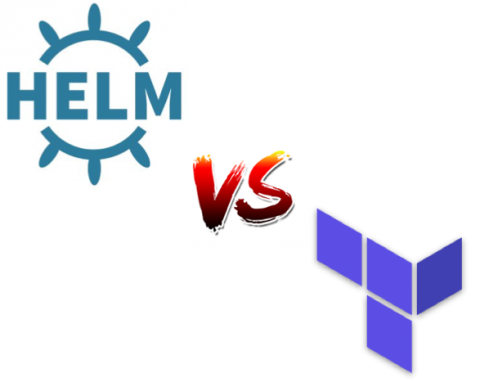Monday Update: Customer Survey, Telegram Integration, Atlassian & Slack, Browser Extensions, and SSL
Our final Monday update of July and although many of our customers are heading off on summer vacation not only are we here monitoring your websites 24/7, but we’ve got some exciting new features and improvements happening over the holiday break.



